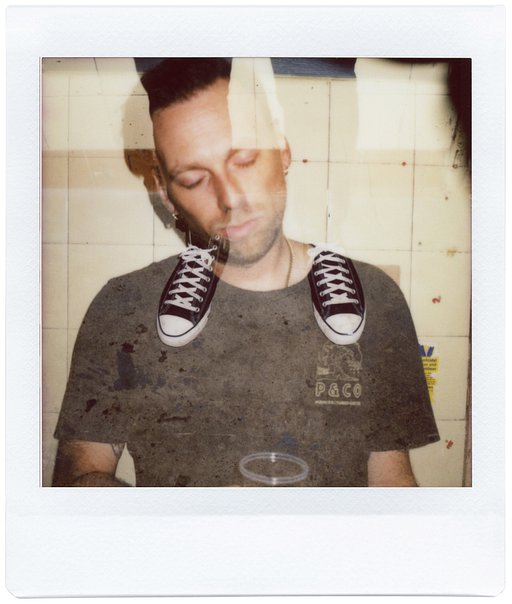Journey with Film & Visual Reportage in a School for Disabled Children by adamrsms
9 Share TweetIt was a while before Lomographer Adam a.k.a. admrsms picked up film again, one of his first memories with it was when he was a child with a simple point-and-shoot. About three years ago when Adam started working in the media, he was bequeathed old photo equipment from his deceased grandfather. He was rekindled with analogue and he now develops his own black-and-white films. Here he tells about his journey with analogue photography and a photo project that was created in a school for disabled children in Ukraine.
Analogue photography has come to mean many things to me. It is also a certain connection to my family. Several cameras in my possession have been passed down to me by my family, which I like to think of as a sort of family baton-passing. In addition, my photography often provides topics of conversation with my uncles, aunts, and my mother, because they also were quite into it when they were younger and I now carry this skill into the next generation.
Another aspect of analogue photography for me is the possibility to experiment and "get nerdy" about the smallest things. Of course, a lot can be done with a digital camera, but I feel much more limited with it than with an analogue one. I think film is just such a wonderful medium. Just the fact that you can put a film format into a camera that wasn't designed for it with just a little tinkering, or that you can build your own analogue camera from scratch quite easily, are gimmicks that are inconceivable digitally.
Over time, I've learned what my photographic strengths and weaknesses are. I admire photographers who can meet with a model and set up a beautiful light setting or a totally interesting scene and then take creative photos in it. Of course, I try to do that too, but I often find myself lacking ideas. There are simply photo situations in which I feel more comfortable and those are the ones closer to reportage. This can also be seen quite well in my pictures - 90% of them are simply created at the moment. That's why I try as much as possible to always have a camera with me. If a great scene arises in front of me, I give at most a small instruction or make a sound so that the person looks at the camera and then I shoot the photo.
The fact that I work in the film and television industry is another reason why this type of photography works so well for me. The set is one of the best places to photograph. You're usually in great places that are also well lit, which makes any analogue film happy. It's also practical: actors and crew are used to cameras, so one more is hardly noticeable and you can use it to shoot relaxed pictures during shooting breaks.
The series of pictures I would like to show, however, was created in a clearly different context.
Almost two years ago I was in Ukraine and visited a school for disabled children. People with disabilities still have a very bad status in Ukraine. Disabled children hardly get any special support and in the worst case scenaro, their parents are asked to put their children in some kind of boarding school. There, they do not get any education but are just intentionally kept away from the eyes of society. For this reason, there are very few educational institutions for these children, who actually need special support, and the few existing schools have great problems to finance themselves, because they are usually a thorn in the eye of the authorities.
Nevertheless, I was lucky enough to be at the school for two days and took a few pictures. After a while, most of the children hardly paid any attention to me and the teachers just kept going through their material. The memory of this experience still fills me with humility. On the first day, one of the boys was a little sick and feverish, whereupon a teacher took him on her lap like a mother and comforted him. The picture is blurry, but for me, it still has quite some power. Because they go through their work with a great deal of strength and love despite all the adversity, the people working there - mainly women - instill in me with tremendous respect.
To take the photos, I had my mother's old Minolta X700 with me. She has traveled with it halfway around the world and has taken pictures with it on most continents. Not so long before my trip to Ukraine she passed the camera on to me, I took it directly with me on the next trip and really learned to love it. By now I call about 20 cameras my own, but if I had to rely on one or could only choose one, it would definitely be my mom's X700.
Many thanks to Adam for sharing his photographs and experiences with us. Check out his LomoHome, also check out the other photos he shot in Ukraine and follow him on Instagram to not miss any of his work!
written by alinaxeniatroniarsky on 2021-03-02 #people #places #documentary-photography #adamrsms
























No Comments